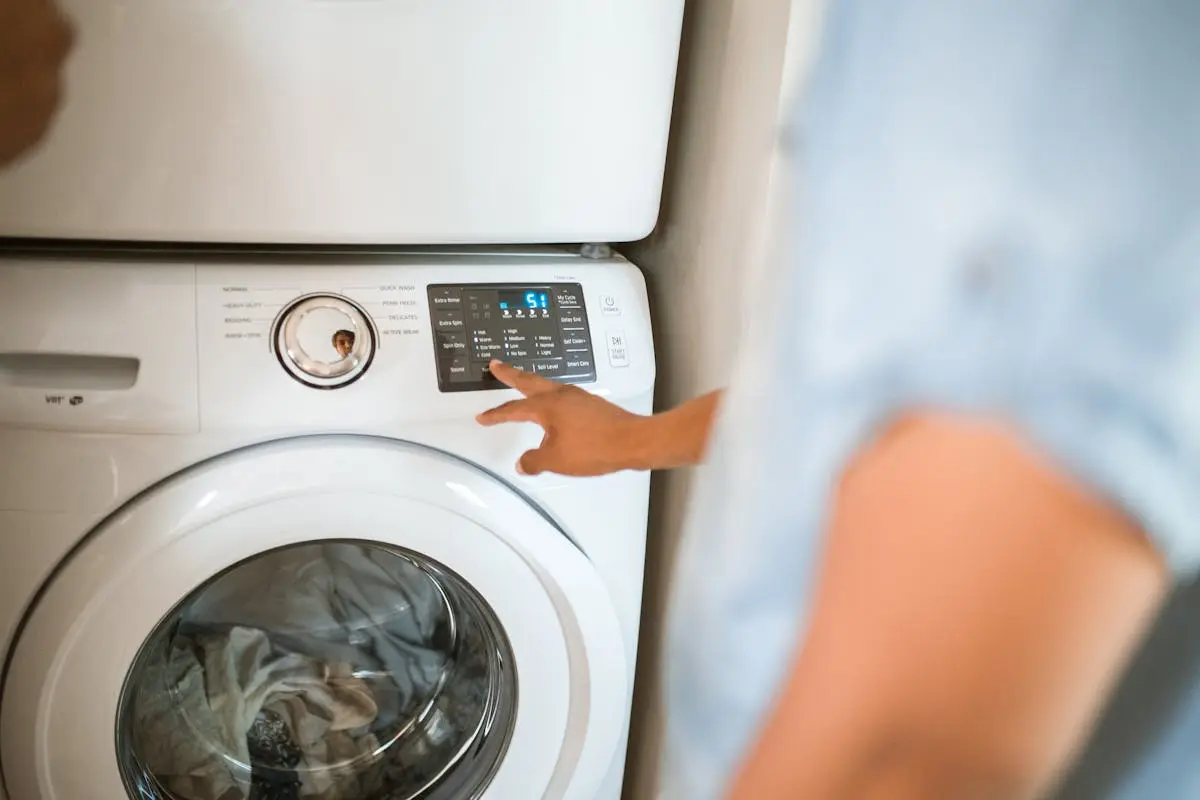Curious if your washer plumbing is in need of repair? Let’s dive into the signs that indicate potential issues and what steps you can take to address them.
Step 1: Check for Leaks
One obvious sign that your washer plumbing needs repair is the presence of leaks. Look for water pooling around the washer or damp spots on the floor, walls, or ceiling near the appliance. Leaks can indicate loose connections, worn-out hoses, or even internal damage to the washer itself. Addressing leaks promptly can prevent water damage and mold growth in your home.
Additionally, check the hoses connecting your washer to the water supply for any cracks, bulges, or signs of wear. These issues can lead to leaks and should be addressed immediately to ensure the proper functioning of your washer.
If you notice a musty smell or mildew around your washer, it could be a sign of hidden leaks or poor drainage. Inspect the area thoroughly to identify the source of the odor and take necessary steps to repair the plumbing.
Step 2: Inspect Water Flow
Another indicator of washer plumbing problems is poor water flow. If you notice that your washer is slow to fill, doesn’t fill at all, or experiences sudden drops in water pressure during a cycle, there may be an issue with the plumbing. Sediment buildup, clogged filters, or issues with the water supply line can all impact water flow to your washer.
Regularly check the water inlet filters on your washer to ensure they are not clogged with debris. Clean or replace the filters as needed to maintain optimal water flow to the appliance. If water flow issues persist, it may be necessary to inspect the plumbing connections and water supply line for blockages or damage.
Step 3: Test Drainage
Proper drainage is essential for the efficient operation of your washer. If you observe that your washer is not draining properly or if water is pooling inside the appliance after a cycle, there could be a drainage problem. Clogs in the drain hose, issues with the pump, or a malfunctioning drain valve can all affect the drainage of your washer.
To test the drainage system, run a small cycle with your washer and observe how effectively the water is drained. If you notice any backups or standing water, it’s crucial to investigate and resolve the underlying plumbing issues promptly.
Regular maintenance, such as cleaning the drain pump filter and checking for obstructions in the drain hose, can help prevent drainage problems and ensure that your washer operates smoothly.
Step 4: Evaluate Water Quality
The quality of the water supplied to your washer can also impact its performance and longevity. Hard water, which contains high levels of minerals like calcium and magnesium, can lead to limescale buildup in the washer plumbing over time. This buildup can restrict water flow, affect drainage, and cause damage to the appliance.
Consider installing a water softener system to reduce the hardness of your water and protect your washer from mineral deposits. Regularly descaling your washer and using appropriate cleaning agents can help maintain optimal water quality and prevent plumbing issues related to hard water.
Keeping Your Washer Plumbing Healthy
Remember, timely detection and repair of washer plumbing problems can prevent costly damage to your home. Don’t hesitate to seek professional assistance if you suspect any issues.



0 Comments